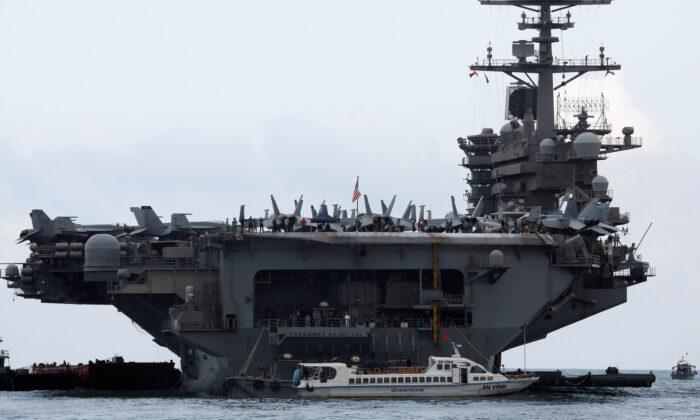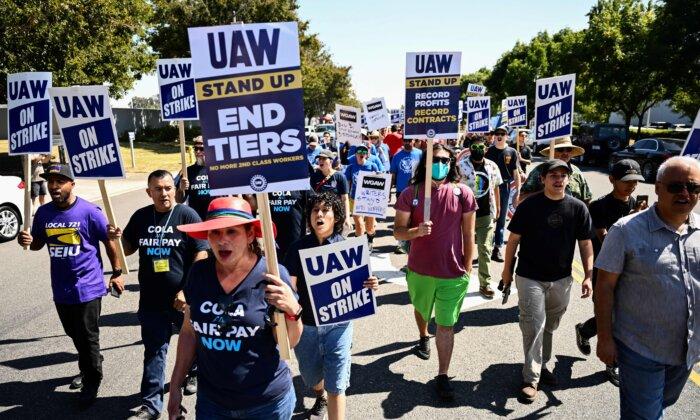“I have no doubt in my mind that Captain Crozier did what he thought was in the best interest of the safety and wellbeing of his crew,” Modly said. “Unfortunately, it did the opposite.”
Crozier’s actions “raised alarm bells unnecessarily” and “created the impression that the navy was not responding to his questions,” Modly said, adding that the department of the navy had already moved resources for days in response to Crozier’s previous request.
The commander’s actions also created doubt among families about the health of the sailors, Modly said.
“Captain Crozier is an honorable man who, despite this uncharacteristic lapse of judgment, has dedicated himself throughout a lifetime of incredible service to our nation and he should be proud of that as we all are.”

“[The letter] misrepresented the facts of what was going on on the ship as well,” Modly told reporters. “At the same time, the families in the United States were panicked about the reality—the reality of what’s happening on the ship right now is we have about 114 sailors who have tested positive.”
Modly added that of the CCP virus cases on the ship, none have needed hospitalization and all have shown mild or moderate flu symptoms, and some are asymptomatic. Some of the sailors had already recovered from the virus, he added.
“I'd like to send a message to the crew at Theodore Roosevelt and their families back here at home. I am entirely convinced that your commanding officer loves you and that he had you at the center of his heart and mind in every decision that he has made ... but it is my responsibility to ensure that his love and concern for you is matched, if not exceeded, by his silver and professional judgment under pressure,” Modly said.
Modly’s decision to remove Crozier was immediately condemned by members of the House Armed Services Committee, who called it a “destabilizing move” that will “likely put our service members at greater risk and jeopardize our fleet’s readiness.”
Crozier, who took command in November, said in the memo that the ship appeared to be destined for a worse outcome than the case of the Diamond Princess where, despite interventions, seven people died from the CCP virus.
Crozier called for “decisive action” and said that there were two options: keep the sailors on board to maintain the nuclear-powered carrier on its expected war-footing (readiness), or take the crew off and disinfect.
The nuclear-powered carrier of more than 4,000 crew was in the Pacific when the Navy reported its first CCP virus case a week ago. It has since moored at U.S. Naval Base Guam on the southern end of the American island territory in the western Pacific.
The Navy has said that as many as 3,000 will be taken off the ship and quarantined by Friday. Furthermore, the 180 sailors who have tested negative so far will be moved into Guam hotels for quarantine.
As testing continues, the ship will keep enough sailors on board to sustain essential services while it is sanitized in port.






Friends Read Free